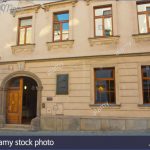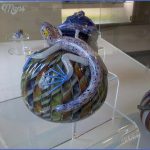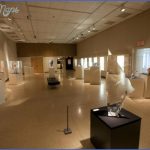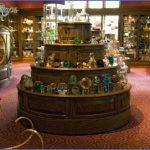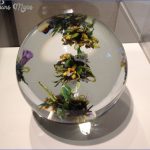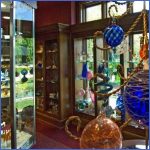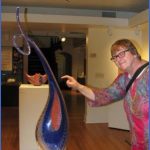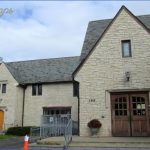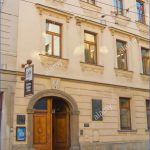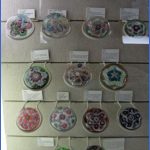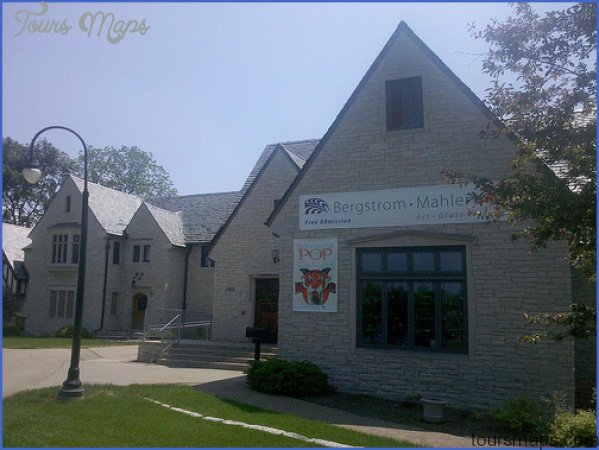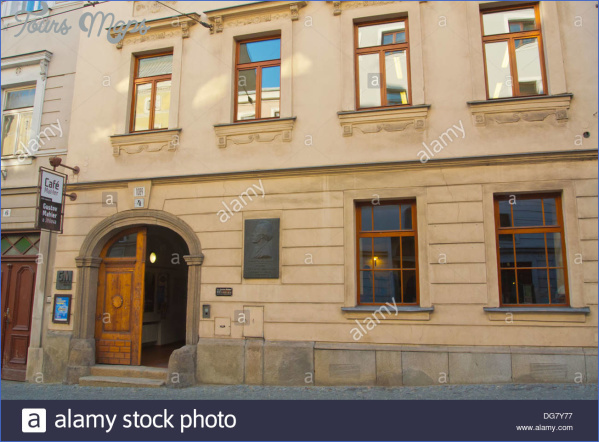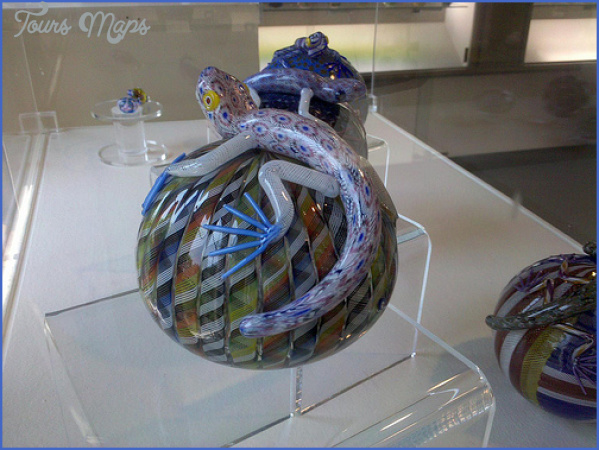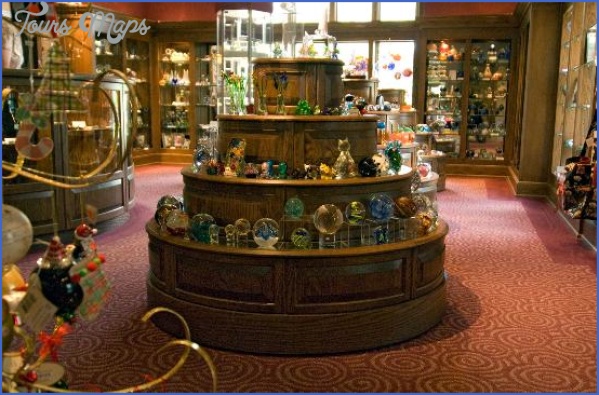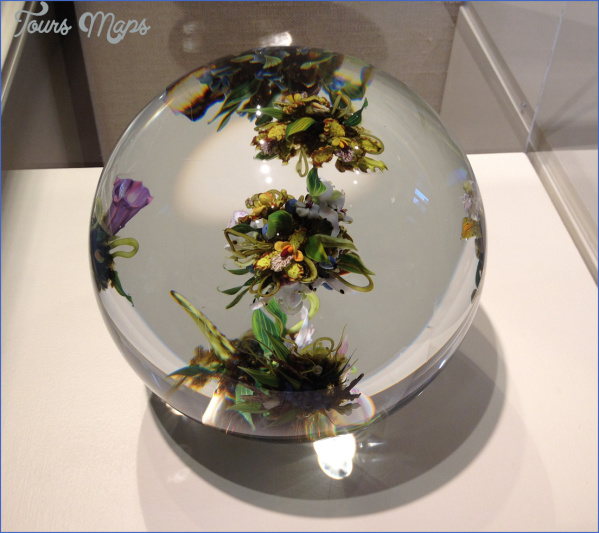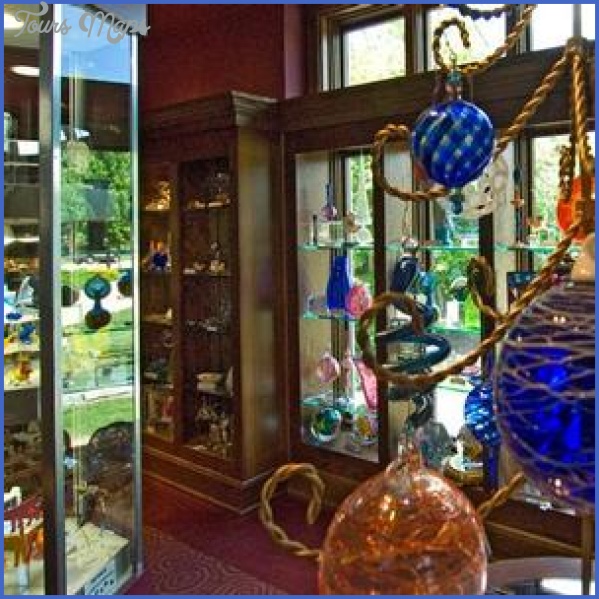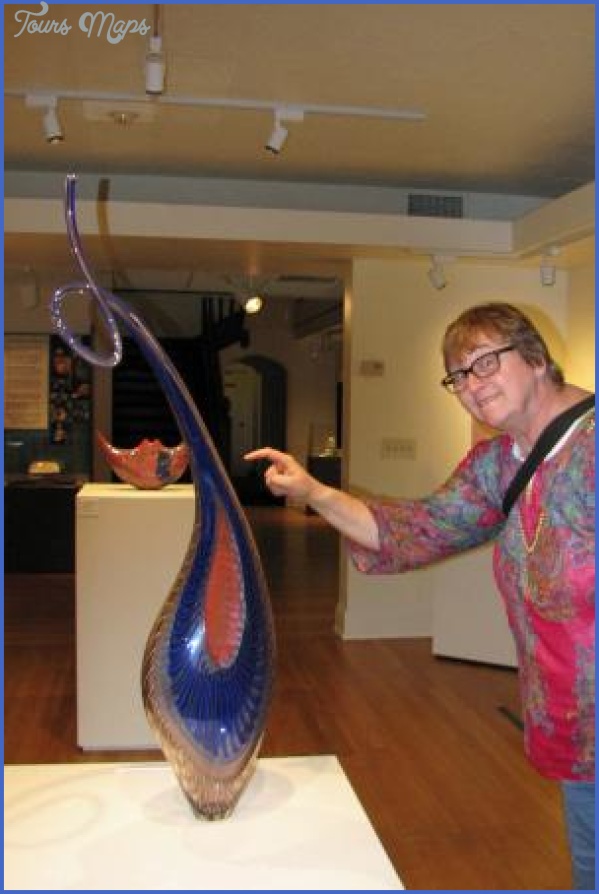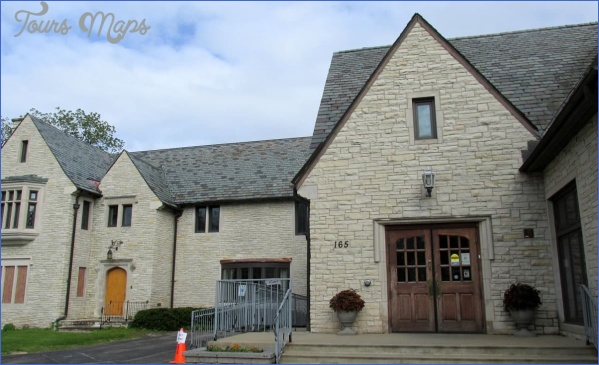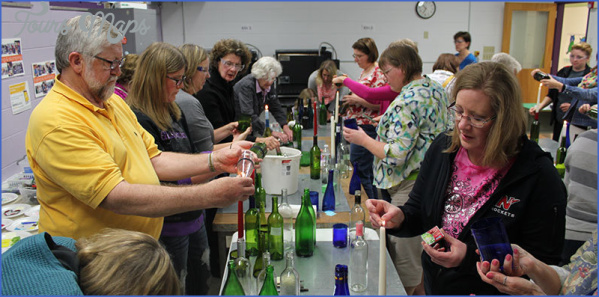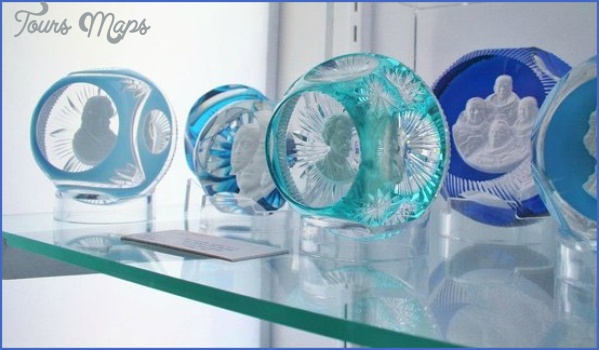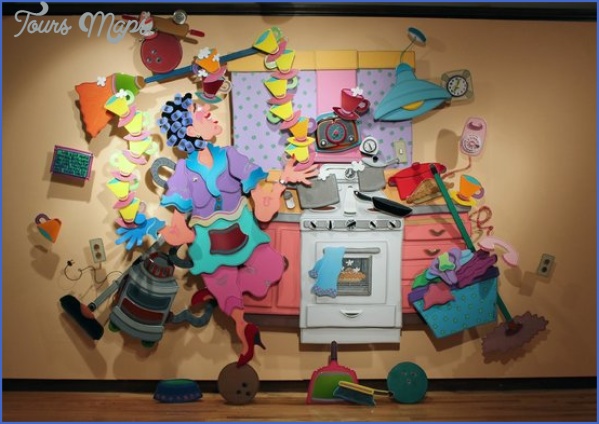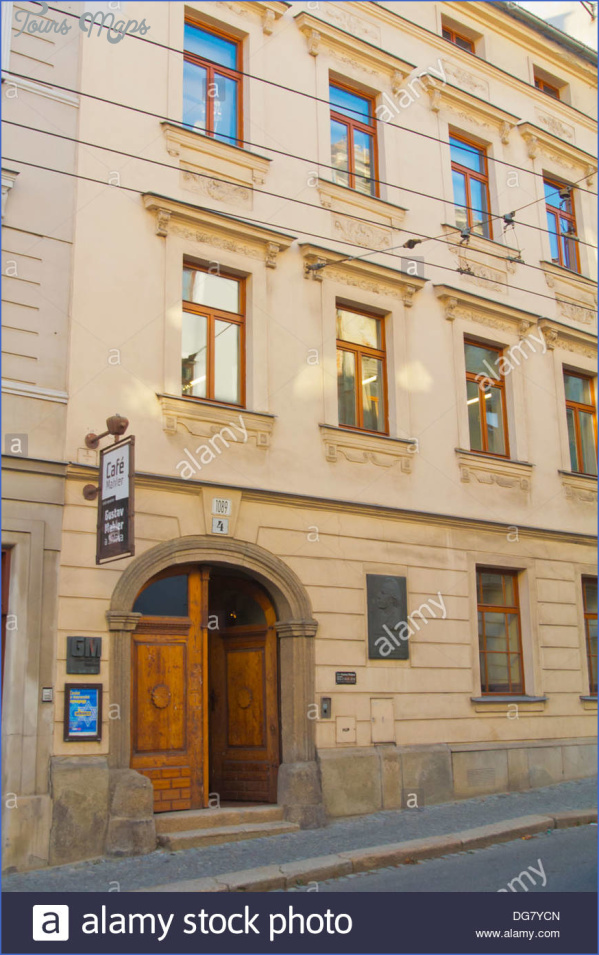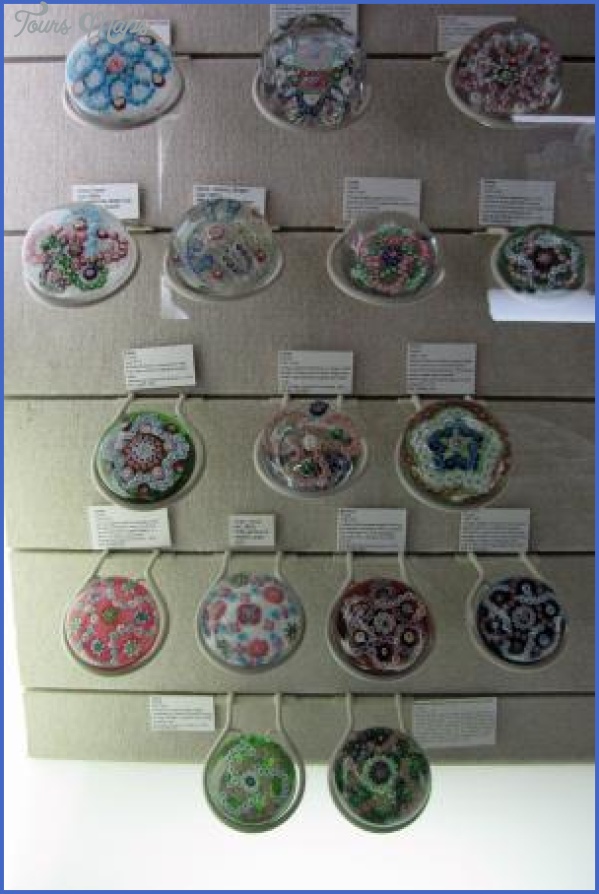MAHLER MUSEUM
Since Vienna was the hub of Gustav Mahler’s career, it may seem surprising that he is not more fully commemorated in a city so generously supplied with composer museums. Or perhaps not: the years when a museum might have been established were unpropitious for favouring a Jewish composer. A Mahler bust byRodin adorns the Schwindfoyer of the Wiener Staatsoper, and there is a plaque to him in the Wiener Konzerthaus. Rennweg 5 (in the 3rd district), where he had a flat from 1898 until 1909 while Director of the Opera, still stands, and at the side entrance at Auenbruggergasse 2 there is a memorial plaque. His Bluthner piano (1902) is housed in Room XVIII of the Sammlung alter Musikinstrumente in the Kunsthistorisches Museum. Mahler was buried in the Grinzinger Friedhof.
There are however six other Mahler memorial sites, three of them established by the International Gustav Mahler Society of Vienna. Those three are the composing cabins, or ‘Hauschen’ as he called them, that he had built at Austrian holiday resorts: they are now ‘Gedenkstatte’, with reproductions of documents and illustrative material from the relevant times of Mahler’s life. The other three are in the region, the Bohemian-Moravian uplands, where he was born and spent his early years.
Mahler was born in 1860 in a coaching inn in the Czech village of Kaliste, on the road leading north-west from Humpolec to Ledec. (The traveller should beware of going to the wrong Kalisstes, south-west rather than northwest of the town, Jihlava, where Mahler spent most of his childhood; there are some dozen villages of this or very similar name.) The original house burnt down in 1937 but the building on the site has been renovated by a Prague foundation, Musica Noster Amor, and it was opened in 1998, with a 200-seat recital hall, a restaurant and a studio for workshops and masterclasses. The village centres on a sloping green, with a small Baroque church at one end, near the birthplace, and at the far end the shell of the distillery where Mahler’s grandfather and father once produced liquors. The birthplace hall is available for communal use and there are hopes of developing the distillery as a concert auditorium. The first annual Mahler Festival in Kalisstes was held in July 2000.
MAHLER MUSEUM Photo Gallery
Although the birthplace is in no sense a museum, the Czechs have commemorated Mahler a good deal more generously than the Austrians. The nearest middle-size town to Kalisstes is Humpolec, about eight kilometres away, and there Mahler is celebrated in the local museum with a well-organized chronological display using glass wall panels, originally inspired by the eminent conductor Vaclav Neumann and set up in 1968. At the entrance there is a bust. The display begins with his family and background in this north-east corner of Southern Bohemia, moves with him to Jihlava, through his ‘wandering years’ to Prague, his rise to fame and his appointment in Vienna; then it pursues his travels, charting his summer escapes and his period in New York. There are many clearly captioned pictures, programmes, handbills, photos and newspaper excerpts, as well as some of the cruel anti-Semitic caricatures of the Vienna era, and photos of him in his last illness and of his death mask and grave.
Mahler was only a few months old when the family moved to Jihlava (or Iglau: it was predominantly a Germanspeaking town). At first they lived in a flat in a road, ulica Znojemska, immediately off the large main square; they later bought the neighbouring house, adapting it as an inn, and eventually bought the whole of the first house. This first house was in decrepit condition, and when Jihlava – with support from the city itself and from Czech, Austrian and American-Jewish groups – decided to establish a museum, under the title ‘The Young Gustav Mahler and Jihlava’, it was necessary to put it in a different building, about 50 metres away on a different road (ulica Kosmakova) off the square, formerly a military headquarters. There, on two floors, a comprehensive and strongly presented display was set up (by Jan Michalek), in a series of specially designed glass cases with dark surrounds, apt to the period and the music (which is softly audible as a background). The display, rich in archival and pictorial documentation, naturally emphasizes Mahler’s early years and his background in Kalisstes and Jihlava. There is material on those places in the late 19th century, the family business, Mahler’s mother’s family, the synagogue, his schooling (some of his reports are reproduced), local traditions in military and folk music and their later echoes in his music, his appearances as a child prodigy, his student years, his parents’ graves in the Jihlava Jewish cemetery, and Jihlava’s reception of his music in the contemporary local press, including too a display about the celebration of his centenary in 1960 (when a plaque was put up on the house) and the interest in saving it (dating from 1989). But there is plenty too on his career as conductor and composer, the composing huts, the cities across Europe and the Atlantic where he conducted, his places of work, the Mahler iconography: altogether a comprehensive and wide-ranging tribute to this son of Jihlava. The museum in ulica Kosmakova was set up in 1994. In 2003, when the Mahler family house in ulica Znojemska was fully restored, it was moved to the first floor there, where the original flat occupied by the Mahlers had been. On the ground floor is the Cafe Mahler, for drinks and desserts, and a Weinstube; there is also a conference or lecture room seating about 70 and space for special exhibitions. In the atrium there is a permanent exhibition of sculpture by Thea Weltner (1917-2000), Mahler’s niece, with a spectacularly wrecked white grand piano as its centrepiece. Weltner, who herself came from Jihlava, bequeathed a number of pictures and personal objects connected with her uncle to the town, which are to be exhibited in the museum when legal difficulties over their export from Switzerland, where she died, are overcome.
In his later years, Mahler was sometimes mocked as a ‘vacation composer’, but with his heavy conducting schedule it could hardly have been otherwise. The summers were precious to him: he relished beautiful natural surroundings and having the freedom to compose as well as the opportunity to rest and prepare for the gruelling seasons. Up to the time of his marriage, in 1902, his sister Justine arranged summer accommodation for the family (which included his sister Emma and his brother Otto) and close friends such as Natalie Bauer-Lechner and Bruno Walter. They generally arrived at their holiday destination in June and remained until late August. While the others relaxed, Mahler maintained a strict regime, rising early and composing for several hours in complete peace, then swimming, dining and walking.
In 1893 they took lodgings in a small inn, ‘Zum Hollengebirge’ (now the Gasthof Fottinger) at Steinbach am Attersee in the Salzkammergut, about 50 km east of Salzburg. Mahler had a piano installed in his room and worked that summer on the Second Symphony and Des Knaben Wunderhorn. But the inn was close to the road and the walls were thin, so he resolved to have a ‘Musik-Pavilon’ built across the meadow from the inn, by the lakeside, before the next summer. It was about four metres square, with windows, a wood-burning stove and a glazed door; he installed a small grand piano, a table and chairs. When the door was closed, no one was allowed to enter and disturb him. The following summer he finished the Second Symphony there ‘surrounded by flowers and birds’; the third Steinbach summer saw him
Rights were not granted to include these illustrations in electronic media. Please refer to print publication Mahler’s first composing hut, at Steinbach am Attersee complete a draft of the Third. He interrupted his idyll several times each summer, to visit Brahms at Bad Ischl and to take in the Bayreuth Festival. The Musik-Pavilon is preserved and has been renovated – having survived stints as a washhouse, a slaughterhouse and a public lavatory – and in 1980 it was declared a historical monument; but the meadow in which it stands now serves as a popular camp site for summer holidaymakers and Mahler’s longed-for peace and solitude can only be imagined. To visit it, enquire at the hotel desk, where the keys are held. There are concerts in the hotel gardens during the summer. In 1899 Mahler stayed at the Salzkammergut retreat of Altaussee, where he began work on the Fourth Symphony. Having been persuaded by his sister and friends to build a summer villa of his own, he decided on a lakeside property at Maiernigg, near Klagenfurt on the southern side of the Worthersee. Part of its charm was the wooded hill across the road, where another composing cabin could be erected. This Hauschen was completed in time for the summer of 1900 and the villa, with a boathouse and bathing cabins, the following year. The regime was much as at Steinbach. He completed the Fourth Symphony there during the summer of 1900 and composed three of the
Kindertotenlieder and sketches for the Fifth Symphony the following year. The hilltop cabin presented a daily challenge for the cook, Elise, who had to carry his meals up along a particularly steep route so that he would not be disturbed by seeing her approach.
That autumn he met Alma Schindler, 20 years his junior; they were married the following March. They spent the next five summers at Maiernigg, where he worked on the Fifth, Sixth, Seventh and Eighth Symphonies as well as songs for Des Knaben Wunderhorn and the Kindertotenlieder; Alma’s presence became essential to Mahler, who said he could compose only when she was close to his side. But not too close: for actual composition he demanded complete silence, and he would not even let her play the piano down in the house as it could be faintly heard on the hill. After the tragic death there of their elder daughter, Maria, in July 1907 the Mahlers could not bear to be at Maiernigg and Villa Mahler was sold; it is still a private residence, known today as the Villa Siegal. To visit the Hauschen, follow the signs on the Klagenfurt road through Maiernigg and leave your car or bicycle in the designated car park. The trail (the ‘Gustav-Mahler-Weg’) up the hill through the pine forest is a delightful 15-minute stroll; bring a picnic for when you reach the top. The composing hut has been restored and fitted out with brightly lit displays of Mahlers second composing hut, at Maiernigg photographs and facsimiles charting this eventful period of his life. There is a double-opening window – not an early example of double-glazing but simply a device to allow the maid to leave his refreshments without disturbance, for him to collect as needed. But the most arresting item is the lockable metal cabinet set into the wall where Mahler stored his manuscripts at the end of each day. The view of the lake from the front windows of the cabin is still very much as Mahler would have known it. If you are lucky you will hear the cuckoos, descendants of those the composer must have heard as he was finishing the Fourth Symphony.
For the summer of 1908, Alma and her mother found a house of which they could rent a floor in an area of the South Tyrol which Mahler knew and liked, at Alt-Schluderbach (now Carbonin Vecchia, in Italy), close to the small town of Toblach (now Dobbiaco), between Brixen (Bressanone) and Lienz. There are breathtaking panoramic views of the Dolomites. The Mahlers rented the first floor of the Trenker-Hof (now rechristened the Gustav Mahler-Stube), and moved in with their entourage and three pianos. Again Mahler had a cabin built, a short distance from the house; there, that first summer, he worked on Das Lied von der Erde.
Shortly after Maria’s death, Mahler himself was found to have a serious heart condition and was advised to take life more easily; frightened of exertion, he had to give up the healthy outdoor pursuits he had so much enjoyed. Composition became more urgent than ever and the following summer he sketched the Ninth Symphony. Earlier, in New York, Alma had suffered a miscarriage and, depressed, she sought help at a sanatorium near Trento, and then again the following year at Tobelbad, while Mahler stayed by himself at Toblach or visited friends. It was at Tobelbad that she met the young architect Walter Gropius; their affair continued into July, the time of her husband’s 50th birthday. It was after her return to Toblach that the famous incident occurred regarding
Mahler’s third composing hut, at Dobbiaco (Toblach) Gropius’s passionate letter to Alma arriving in an envelope addressed to ‘Herr Direktor Mahler’. Mahler, deeply shocked, received him, allowing them time alone to discuss the future, and silently escorted him away when Alma made clear her intention to remain with her husband. But he knew he had lost her and, desperate to recover his lost selfconfidence, went north to Leiden, where Sigmund Freud was on holiday, for a four-hour consultation. He returned to Toblach and worked feverishly on the Tenth Symphony for the remainder of the summer, but it was unfinished at his death in Vienna on 18 May 1911. The Trenker family still own the Stube. They allow members of the public to see the first-floor rooms that the Mahlers occupied, and trade on the connection with the composer, selling Mahler postcards and small souvenirs. To attract visitors they have created a wildlife park in the grounds, which encompasses the Hauschen in which Mahler composed Das Lied von der Erde and the Ninth Symphony, a wooden cabin again about four metres square with views across the valley to the mountains. Visitors flock to see the deer, rabbits, chickens, pigs, owls, goats, turkeys and donkeys, as well as a bear and a lynx, and may stumble upon the Mahler cabin almost by accident among the animal houses, as too do some of the animals themselves.
Mahler is not forgotten in Hamburg, where he was in charge of the Opera in 1892: there is a plaque on the house, Bundesstrafie 10, where he lived, a Gustav-Mahler-Park close to the railway station and a Gustav-Mahler-Platz behind the Opera House, where there is a bust in the foyer. In Paris, the Mediatheque Musicale Mahler at 11 bis Rue de Vezelay offers its users displays of material from the achives.
Maybe You Like Them Too
- Top 10 Islands You Can Buy
- Top 10 Underrated Asian Cities 2023
- Top 10 Reasons Upsizing Will Be a Huge Travel Trend
- Top 10 Scuba Diving Destinations
- World’s 10 Best Places To Visit


